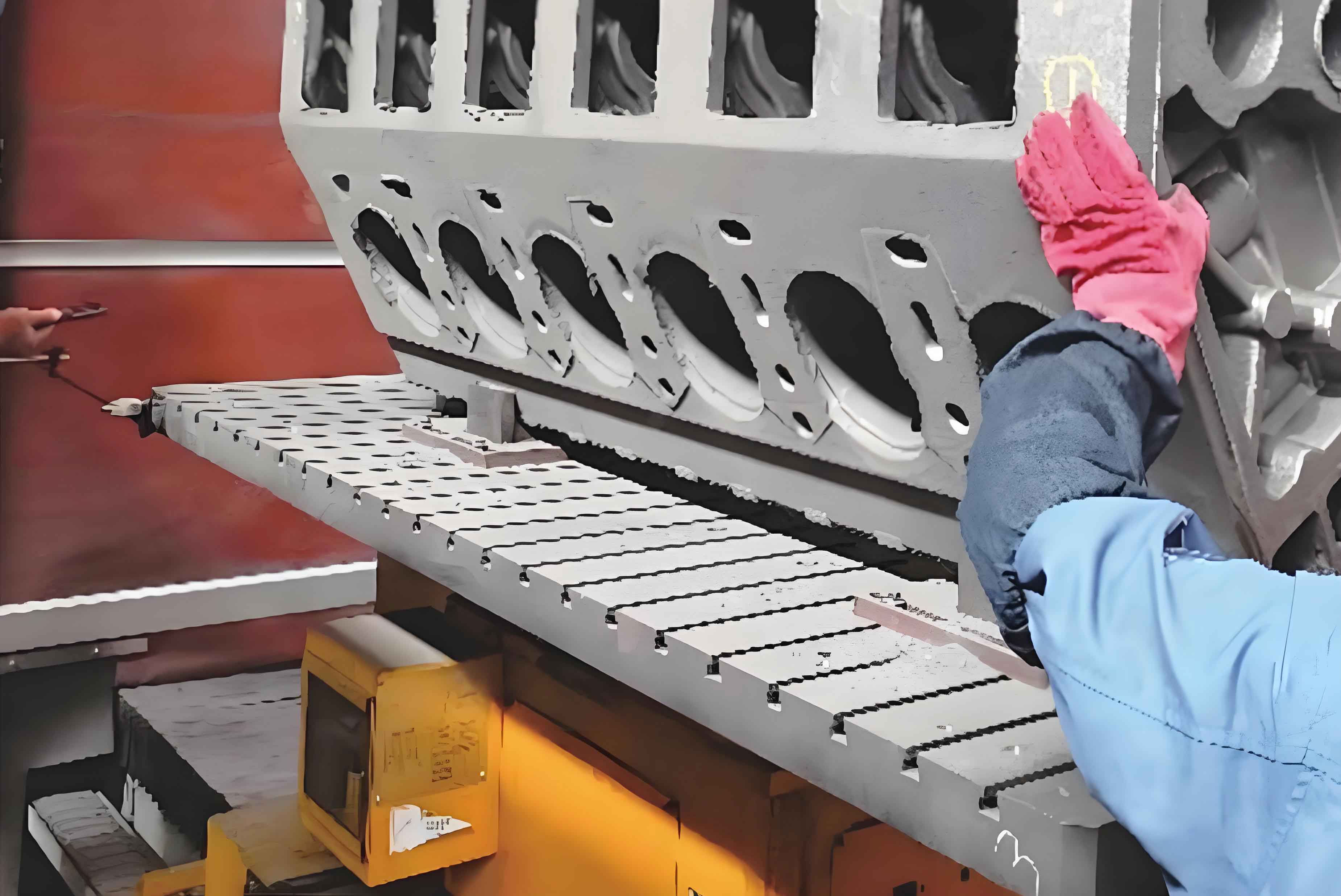The engine cylinder block, a cornerstone of automotive propulsion systems, has undergone transformative advancements over the decades. As the primary structural component housing cylinders, pistons, and crankshafts, its evolution directly impacts engine performance, efficiency, and sustainability. This article explores the progression of engine cylinder block technologies, emphasizing material innovations, thermal management strategies, and friction control mechanisms.

1. Introduction
The engine cylinder block serves as the backbone of internal combustion engines, enduring extreme thermal and mechanical stresses. Historically dominated by cast iron, modern iterations increasingly leverage lightweight alloys and composites to meet stringent emissions regulations and fuel efficiency demands. This article synthesizes traditional and contemporary approaches to cylinder block design, highlighting breakthroughs in material science, manufacturing processes, and cooling systems.
2. Basic Construction of Automotive Engines
An internal combustion engine converts chemical energy into mechanical work through controlled fuel combustion. Key components include:
- Engine Cylinder Block: Houses cylinders, pistons, and crankshaft.
- Cylinder Head: Seals combustion chambers and integrates valves.
- Piston-Linkage System: Transforms linear motion into rotational torque.
The engine cylinder block’s role extends beyond structural support; it facilitates heat dissipation, lubrication, and vibration damping.
3. Traditional Engine Cylinder Block Technologies
3.1 Design Limitations of Cast Iron Blocks
Traditional engine cylinder blocks relied on cast iron for its high strength and wear resistance. However, inherent limitations included:
- High Density: Cast iron’s density (~7,200 kg/m³) increased overall engine weight.
- Limited Thermal Conductivity: Poor heat dissipation (50 W/m·K) risked thermal deformation.
- Manufacturing Complexity: Costly casting and machining processes constrained design flexibility.
Table 1: Traditional vs. Modern Cylinder Block Materials
| Property | Cast Iron | Aluminum Alloy | Carbon Fiber Composite |
|---|---|---|---|
| Density (kg/m³) | 7200 | 2700 | 1600 |
| Thermal Conductivity (W/m·K) | 50 | 150 | 5 |
| Tensile Strength (MPa) | 250 | 310 | 500 |
3.2 Manufacturing Evolution
Advancements in casting and machining mitigated traditional shortcomings:
- Precision Casting: Computer-aided mold design and rapid solidification techniques improved dimensional accuracy.
- CNC Machining: Enabled complex geometries with tolerances ≤10 µm.
4. Advances in Modern Engine Cylinder Block Technologies
4.1 Lightweight Materials
4.1.1 High-Strength Aluminum Alloys
Aluminum-silicon (Al-Si) alloys dominate modern engine cylinder blocks due to their optimal balance of strength (310 MPa) and low density (2,700 kg/m³). The thermal conductivity (150 W/m·K) enhances cooling efficiency, critical for turbocharged engines.
4.1.2 Composite Materials
Carbon fiber-reinforced polymers (CFRP) offer exceptional specific strength (500 MPa at 1,600 kg/m³). Despite high costs, CFRP blocks reduce weight by 40% compared to cast iron.
Equation 1: Specific StrengthSpecific Strength=Tensile StrengthDensitySpecific Strength=DensityTensile Strength
For CFRP:Specific Strength=500 MPa1600 kg/m³=0.3125Specific Strength=1600 kg/m³500 MPa=0.3125
4.2 Thermal Management Innovations
4.2.1 Liquid Cooling Systems
Liquid cooling remains prevalent for its precise temperature control. Coolant absorbs heat via convection:
Equation 2: Heat Transfer Rateq=h⋅A⋅(Tblock−Tcoolant)q=h⋅A⋅(Tblock−Tcoolant)
Where hh = heat transfer coefficient, AA = surface area.
4.2.2 Air Cooling Systems
Air-cooled engine cylinder blocks utilize finned surfaces to maximize convective heat loss:
Equation 3: Convective CoolingQ=ϵ⋅σ⋅A⋅(Tblock4−Tambient4)Q=ϵ⋅σ⋅A⋅(Tblock4−Tambient4)
Where ϵϵ = emissivity, σσ = Stefan-Boltzmann constant.
Table 2: Cooling System Comparison
| Parameter | Liquid Cooling | Air Cooling |
|---|---|---|
| Cooling Efficiency | High | Moderate |
| Weight | Heavy | Light |
| Complexity | High | Low |
5. Friction and Wear Control Technologies
5.1 Lubrication System Optimization
Variable-displacement oil pumps adjust flow rates based on engine speed, reducing parasitic losses:
Equation 4: Pump Efficiencyη=QactualQtheoreticalη=QtheoreticalQactual
5.2 Surface Coatings
Diamond-like carbon (DLC) coatings reduce friction coefficients by 30–50%, enhancing engine cylinder block longevity.
6. Future Challenges and Prospects
- Material Costs: Scaling CFRP production remains economically challenging.
- Thermal Stability: High-temperature composites (>300°C) require further R&D.
- Hybrid Cooling: Integrating liquid-air systems could optimize thermal management.
7. Conclusion
The engine cylinder block’s evolution from cast iron to advanced composites underscores the automotive industry’s pursuit of efficiency and sustainability. While material innovations and cooling technologies have yielded significant gains, ongoing research into cost-effective manufacturing and thermal management will define future breakthroughs.
